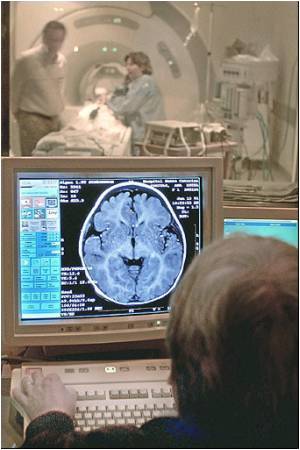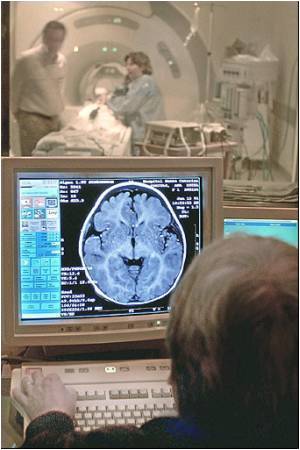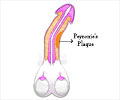
"Our research sheds light on how that loss of NO might happen, and reveals biochemical pathways that drug discoverers might be able to exploit to find new medicines for Alzheimer's," he said.
"There is evidence that suggests enhancing NO levels can protect neurons from degenerating and dying."
The researchers, led by first author Thomas Miller and senior author David D. Roberts, both of the Laboratory of Pathology in NIH's National Cancer Institute (NCI), found in mouse and human cell experiments that amyloid-beta, the main component of the plaques that accumulate on brain cells in Alzheimer's, binds to a cell surface receptor called CD36, which causes decreased activity of the enzyme soluble guanylate cyclase to reduce NO signaling. But that inhibitory effect required the presence of and interaction with CD47, another cell surface protein, indicating that additional steps in the pathway remain to be identified.
"It's possible that an agent that could block either CD36 or CD47 could slow the progress of neuronal degeneration in Alzheimer's by protecting the production of NO in the brain," Isenberg said.
"Importantly, we have already identified therapeutic agents that can interrupt the inhibitory signal induced by these interactions to maximize NO production, signaling and sensitivity."
Advertisement
Source-ANI














